Understanding Belly Dump Trailers: An Overview
Belly dump trailers, typically employed in the construction and agricultural industries, feature a unique design that allows for rapid unloading of materials such as sand, gravel, or dirt. Unlike standard dump trailers, belly dump trailers utilize a bottom gate system, enabling operators to release their payload in a controlled fashion—crucial for maintaining stability and efficiency at worksites. However, one recurrent issue with belly dump trailers is the notorious “jumpy” behavior of their gates during operation. To comprehensively analyze this phenomenon, we must explore several factors, from design to material dynamics.
The Mechanics Behind Belly Dump Trailer Gates
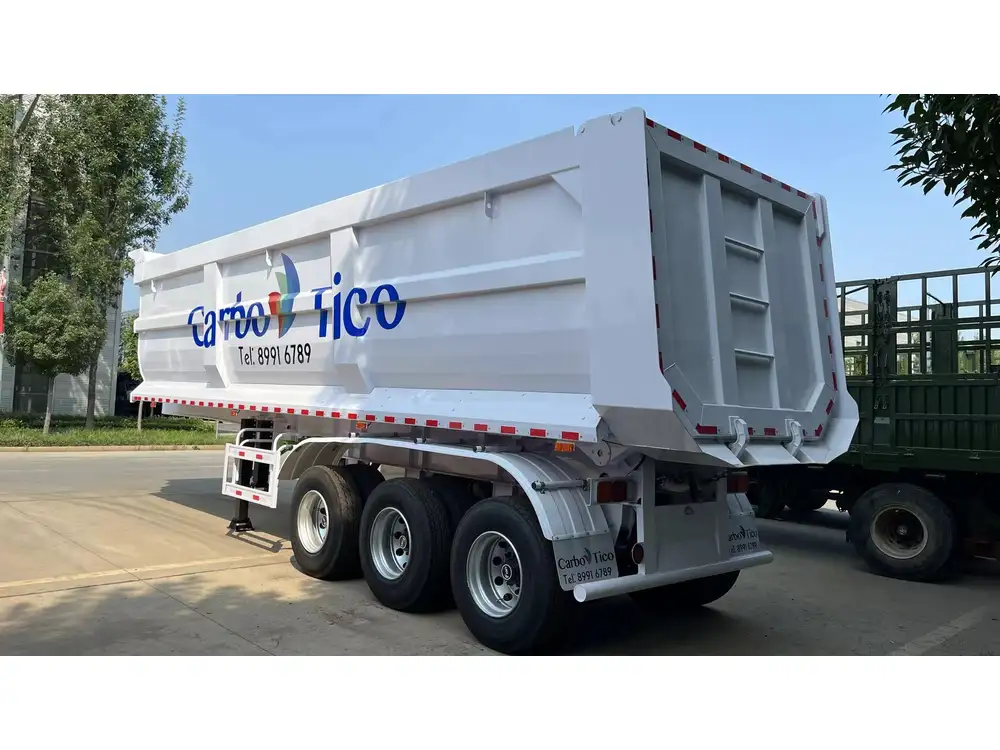
The Design and Functionality of Gate Systems
Belly dump trailers are engineered with specific gate mechanisms aimed at optimizing discharge speed. The gates are typically controlled by hydraulic systems that activate the release of the trailer’s contents. While this system allows for rapid unloading, it also introduces complexity that leads to the gates appearing jumpy. This jumping can occur due to several interrelated aspects.
Table 1: Key Components of a Belly Dump Trailer Gate
| Component | Description | Impact On Operation |
|---|---|---|
| Hydraulic Cylinder | Pressurized unit activating the gate movement | Controls smooth opening/closing |
| Gate Structure | Material and configuration of the gate itself | Influences stability and alignment |
| Pivot Points | Points where the gate rotates | Key to even distribution of force |
| Seals and Gaskets | Prevents material leaks during operation | Affects gate responsiveness |
Factors Contributing to Jumpy Gates
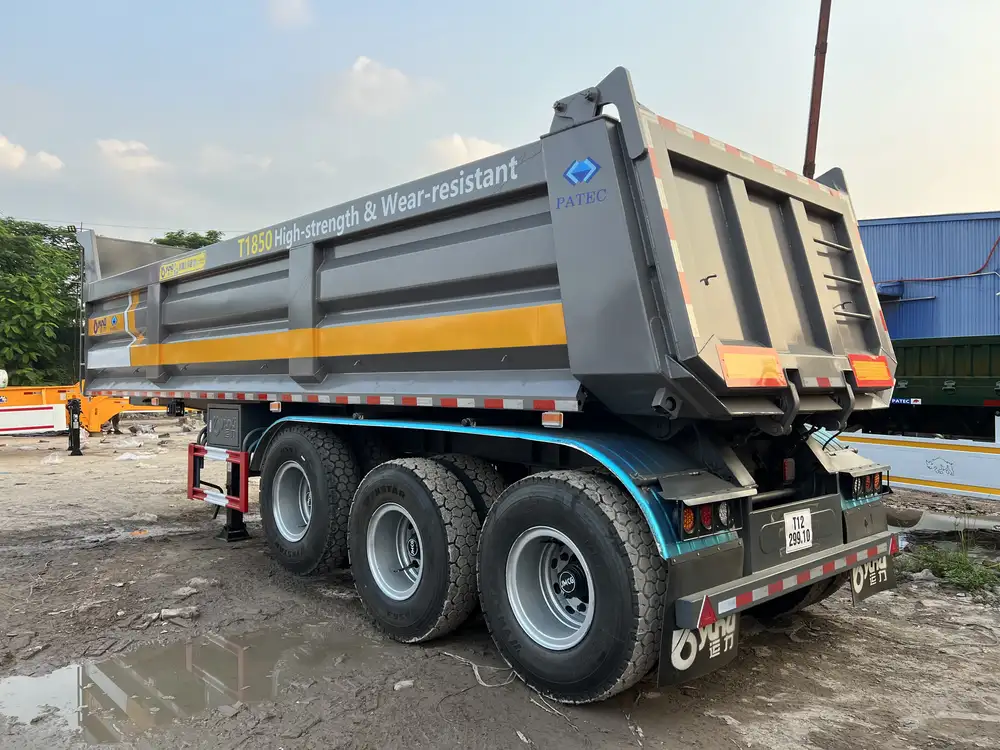
Hydraulics: The Heart of Gating Systems
One of the most common reasons for jumpy behavior relates to the hydraulic function of the gates. If there are fluctuations in hydraulic pressure or slow response times, the gates can jerk open or shut abruptly, leading to an uneven discharge of materials. Regular maintenance of hydraulic systems is crucial. It ensures that cylinders are free from leaks and that fluid levels are maintained.
Wear and Tear: The Silent Culprit
Over time, various components can suffer from wear and tear, affecting their functionality. Components such as seals and gaskets may become brittle or worn out, causing hydraulic fluid to escape. Furthermore, pivot points can become corroded or misaligned, preventing the gate from opening smoothly. Routine inspections and part replacements can mitigate these issues significantly.
Load Balancing: The Art of Discharge
Improper load distribution within the trailer can exacerbate the jumping problem. When a belly dump trailer is not filled uniformly, the weight distribution shifts each time the gate opens. This uneven distribution can cause materials to aggregate at one end, resulting in sudden discharges. Implementing proper loading protocols and training operators to load trailers evenly is paramount.
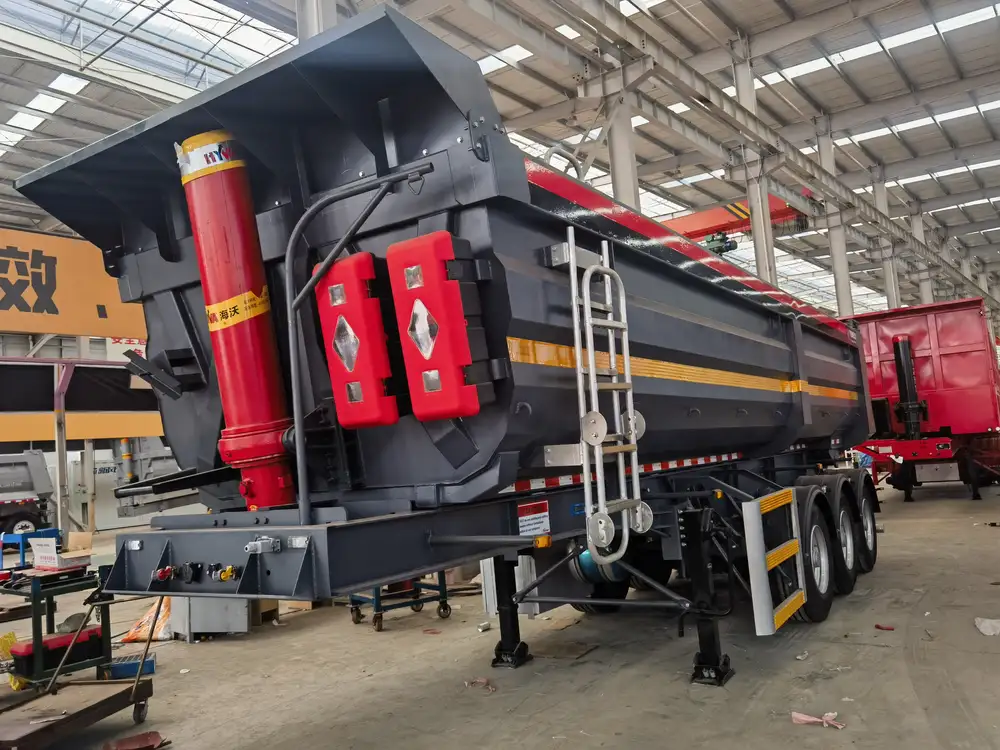
Evaluating Material Dynamics
The Role of Material Characteristics
The type of material loaded into a belly dump trailer fundamentally influences the gate’s behavior. Materials such as gravel with larger particle sizes or dry, granular materials can shift unpredictably upon discharge. This shifting can amplify the jumpy nature of the gate, as the weight of the load may suddenly shift during unloading. Understanding the characteristics of different materials can aid operators in stabilizing discharge practices.
Comparison: Material Types and Their Impact on Discharge Stability
| Material Type | Behavior on Unloading | Impact on Gate Operation |
|---|---|---|
| Sand | Flows uniformly | Minimal jumping |
| Gravel | Can form clumps | Moderate jumping |
| Asphalt | Tends to stick | Significant jumping |
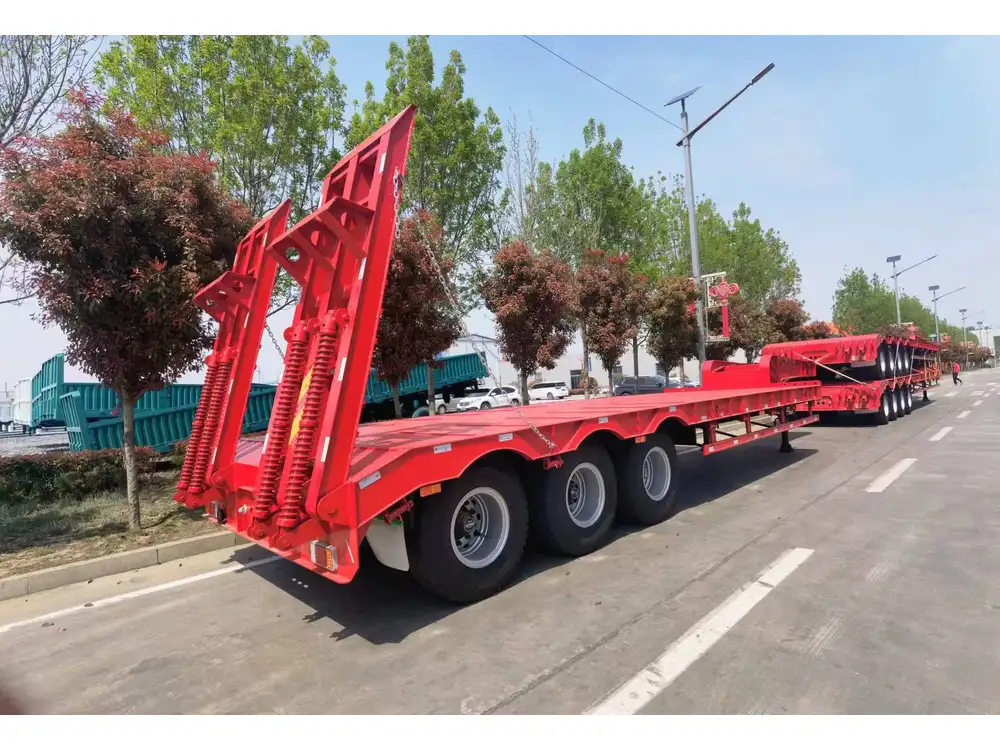
Addressing Material Issues
To reduce jumpiness, operators should consider using additives or water to minimize dust and enhance cohesion, particularly with fine materials. Such adjustments enable smoother material flow during unloading, thereby mitigating abrupt movements triggered by static and dynamic effects.
Techniques for Mitigating Jumpy Gates
Operator Training: The First Line of Defense
A well-trained operator is essential for ensuring smooth operations of belly dump trailers. Training should include:
Loading Techniques: Understanding optimal loading methods and balancing loads effectively.
Gating Mechanism Familiarity: Operators should be well-versed on how to effectively maneuver hydraulic controls.
Identifying Warning Signs: Creating awareness of potential issues like uneven discharges and identifying maintenance needs early.
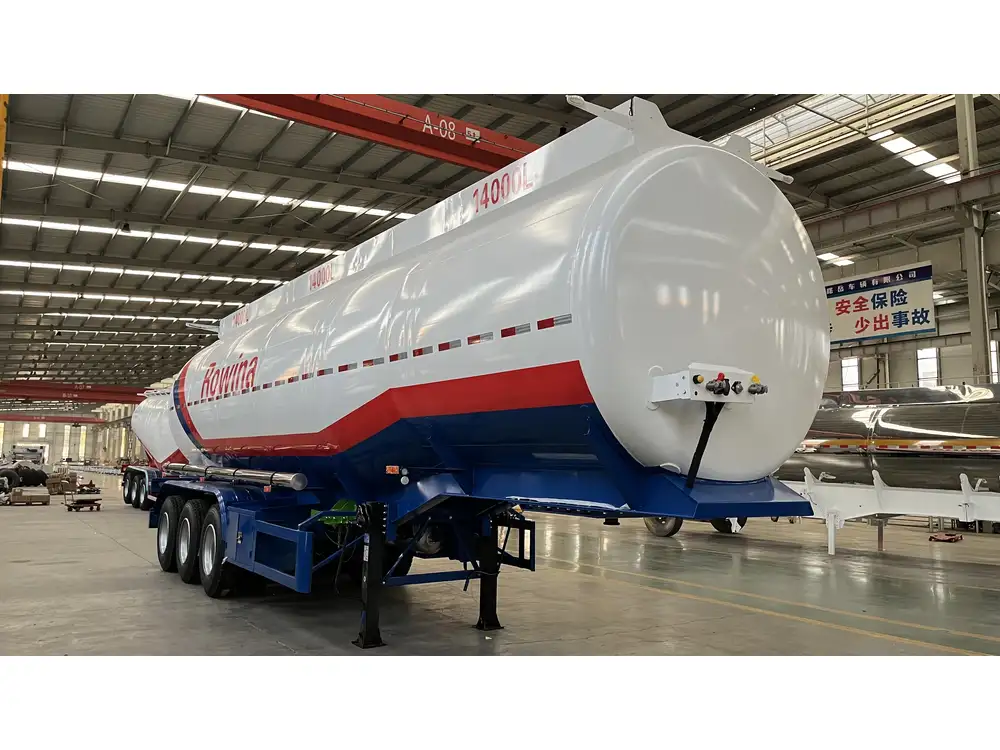
Preventive Maintenance
Implementing a robust maintenance schedule can drastically reduce the likelihood of jumpy gates. Regular checks should include:
- Hydraulic fluid levels and condition assessments.
- Visual inspections for wear on seals and gaskets.
- Checks for corrosion on pivot points and connections.
- Testing the functionality of gate mechanisms to ensure smooth operation.
Advanced Technologies: Modern Solutions
Smart Trailers and Monitoring Systems
As technology advances, intelligent solutions are being integrated into trailer designs. These systems can monitor hydraulic pressure, weight distribution, and even material characteristics, providing real-time feedback. Such intelligence can facilitate operator decision-making, ultimately contributing to smoother operation.

Innovations in Gate Design
The belly dump trailer industry has seen innovations in gate design aimed at enhancing performance. Options such as air-operated gates may provide smoother operation than hydraulic systems due to reduced complexity and enhanced control.
Conclusion: Striving for Perfection
In summary, the jumpy behavior of belly dump trailer gates is a multifaceted issue arising from various factors, including hydraulic inefficiencies, material characteristics, and operator practices. By adopting a holistic approach that emphasizes consistent maintenance, operator training, and technological enhancements, the industry can significantly mitigate these challenges. This not only enhances operation efficiency but also extends the lifespan of the trailers while ensuring smooth unloading operations at worksites.
The key takeaway is that careful attention to mechanical systems, material properties, and loading practices can transform the operation of belly dump trailers, making them a reliable asset for any construction or agricultural endeavor.
As manufacturers and operators continue to innovate and refine these systems, the future will undoubtedly shine brightly for belly dump trailer technologies, paving the way for smoother, more stable performance in the field.



